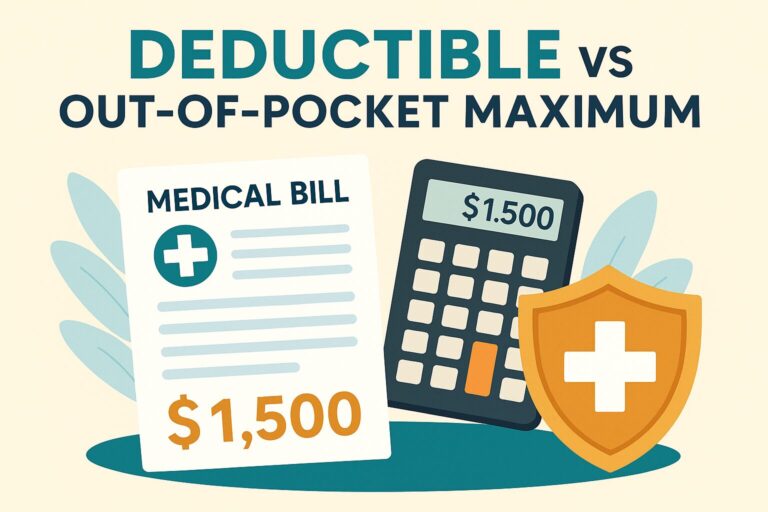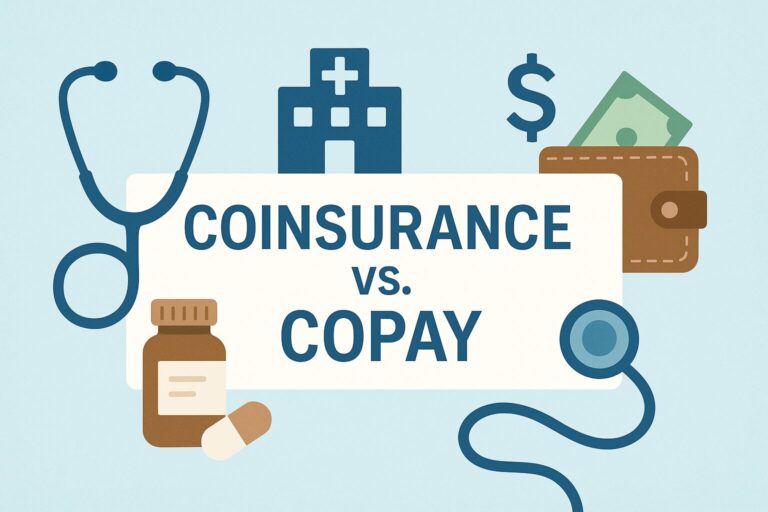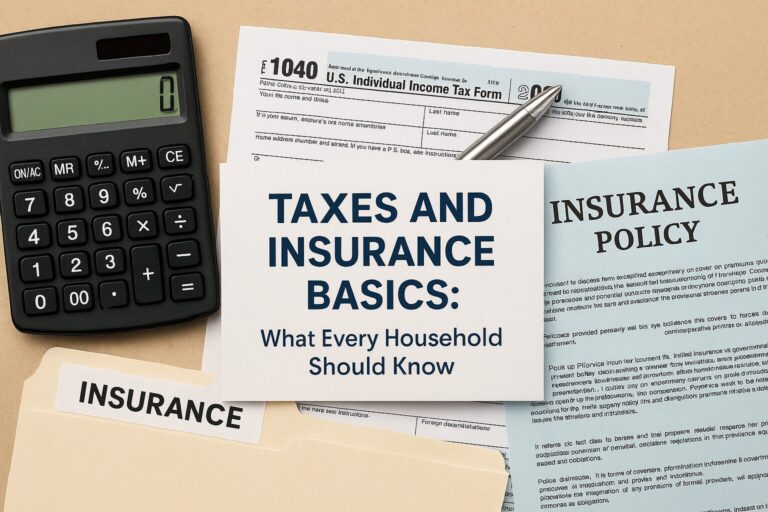I Bought an Indexed Universal Life Policy — Here’s Why I’ll Never Do It Again
When I first heard about Indexed Universal Life (IUL) insurance, it sounded like the ultimate financial hack.
Tax-free growth. Stock-market returns without risk. Protection and wealth-building in one neat package.
Like many people, I bought into the promise — until the reality hit.
Below, I’ll break down exactly how IULs work, what the sales pitch leaves out, and how you can protect your family and invest smarter without falling for the same trap.
The Promise of Indexed Universal Life (IUL)
IULs are often positioned as a safe haven when markets rise and fall. It sounds great when the salesperson explains it — but it’s very different once you look under the hood.
It’s true that an IUL offers tax-free growth, but there’s a caveat the marketer won’t mention: that “growth” isn’t real money yet. The value you see is cash value that accrues inside your policy — essentially Monopoly Money until you request a withdrawal or loan. That’s when it becomes real, taxable money.
Yes, your policy participates in market returns, but only indirectly. The insurance company pegs your cash value to a market index (often the S&P 500). Your policy grows at that index’s credited rate — not the true market rate — and it’s capped each year. Later, I’ll explain exactly how this works and why the system mostly benefits the insurer.
I really bought into the pitch that said I was holding a financial instrument “the wealthy use to plan their finances.” The best part, they claimed, was the ability to create a family bank — borrowing against my own money and paying it back to myself.
I bought it hook, line, and sinker.
What an IUL Actually Is
Before we go further, here are a few terms you’ll need to know:
- Premium split: Each premium payment first covers the cost of the term-life portion of your policy; whatever remains builds the cash value pegged to an index.
- Indexed crediting: Your policy usually has a cap (often 6 percent) and a floor (often 0 percent). If the pegged index earns 12 percent, you only receive 6 percent — but you never lose principal. The trade-off: you lose upside growth.
- The illusion of market participation: Your cash value isn’t invested in the market. The insurer looks at index performance, applies your cap or floor, and credits your account accordingly.
Quick Summary:
- You never own market investments.
- The insurer controls all crediting formulas.
- Rising internal costs reduce growth over time.
The Fine Print No One Emphasizes
- Cost of Insurance (COI) rises each year: The insurance portion behaves like a renewable term policy. As you age, the COI climbs, and your overall premium cost rises to match it.
- Administrative and rider fees: Every month, the insurer deducts administrative fees and annual rider costs directly from your cash value. That means you’re earning far less than you think.
- Cap and participation rates can change: The insurer can adjust these rates at will — and the changes can quietly cost you thousands over time.
- Policy loans and interest charges: Borrowed funds accrue interest, compounding silently in the background.
“You don’t lose money in the market — you lose it to the structure.”
The Illusion of “Tax-Free Growth”
You’ll often hear the phrase “tax-free income” in IUL presentations. What it really means is:
- You’re taking policy loans against your cash value.
- You don’t pay tax on those loans because they’re debt, not income.
- When you die, the insurer deducts the outstanding loan balance from your death benefit.
Sounds clever — until the policy underperforms and you can’t keep up with premiums. The loan balance and interest start to eat away at the policy until it collapses. When that happens, the IRS considers all prior loans taxable income.
The end result? You could owe taxes on phantom gains from a policy that doesn’t even exist anymore.t anymore.
My Real-World Experience with an IUL
I first encountered the IUL while applying for corporate-finance jobs on Indeed. A recruiter called, invited me to hear about a “revolutionary concept,” and introduced me to the world of indexed life insurance.
What sold me was the idea of a family bank — a tool supposedly used by the rich. My money would grow inside an insurance account, compounding tax-free, and I could borrow against it anytime. It sounded perfect.
Then the reality set in. I learned that I owed about $100 a month in administrative fees while contributing $200 a month in premiums (with scheduled annual step-ups). Half of my first-year contribution was consumed by fees. Year 2, one-third went to fees. Year 3, about a quarter.
After three years, despite paying thousands in premiums, I had less than $4,000 in cash value. I eventually had to cancel the policy because I couldn’t afford it.
IULs are the worst way to invest for retirement — or for almost any goal. There are far simpler, cheaper, and more transparent ways to grow wealth.
IUL vs. Buy Term and Invest the Difference
| Scenario | Strategy | Estimated Growth (30 yrs) | Liquidity | Fees/Complexity |
|---|---|---|---|---|
| IUL | Permanent insurance w/ market-linked growth | 4–6% net (after fees) | Limited, loan-based | High, opaque |
| Term + VOO ETF | $500k term policy + S&P 500 ETF | 9–10% market average | Full liquidity | Low, transparent |
Include internal links under the table:
When Insurance Does Make Sense
There are times when insurance plays an essential role — but none of them require an IUL:
- Income protection: Term life covers your family’s income or debts if you pass away. Once your net worth grows high enough, you can self-insure.
- Disability / long-term care: Protects income if you’re unable to work for six months or longer, and covers specialized care needs.
- Umbrella liability: Adds an extra layer of protection for your assets — from severe accidents to incidents on rental properties.
Smart Framework Principle:
Protect against what you can’t affort to lose.
Invest for what you want to gain.
Key Takeaways
- IULs are not “market growth without risk.”
- “Tax-free growth” is often loan-based and temporary.
- Buy-Term-and-Invest-the-Difference outperforms in simplicity and flexibility.
- Keep insurance and investing separate; they serve different purposes.
To explore this concept further, visit our main taxes and insurance page.
Have you ever taken on an IUL before? What was your experience? Put it in the comments section below and lets get a conversation going.
Ready to simplify your insurance and investment plan?
Start with our guides:






